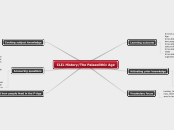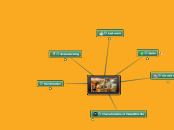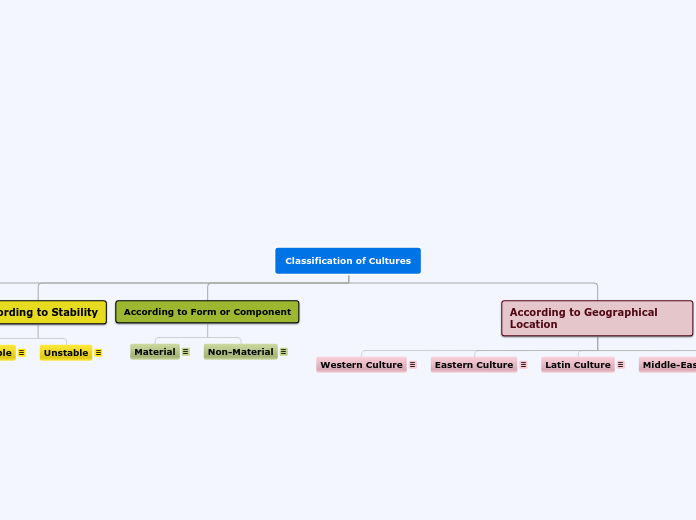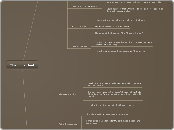jonka Michaela Praßl 10 vuotta sitten
511
CLIL History
Students are introduced to the Palaeolithic Age by examining an image of cave life and discussing the importance of fire. Key vocabulary such as hunting, fishing, and nomadic lifestyle is emphasized, helping learners understand the daily activities and survival strategies of Palaeolithic people.









